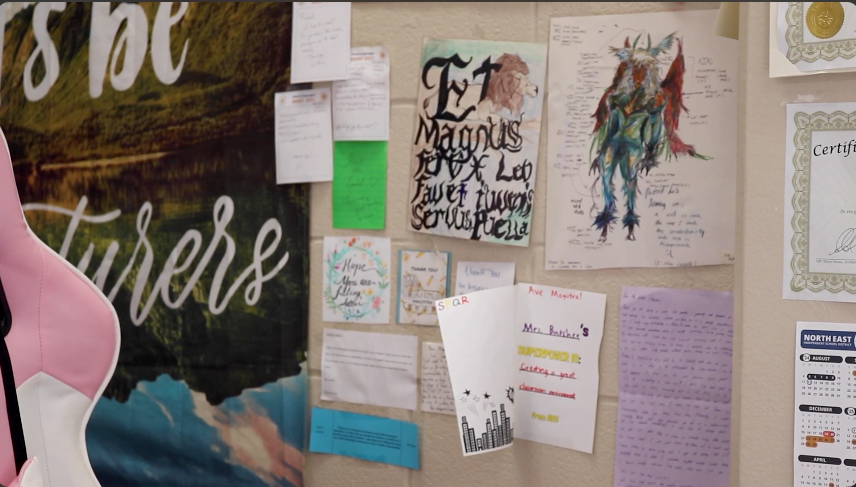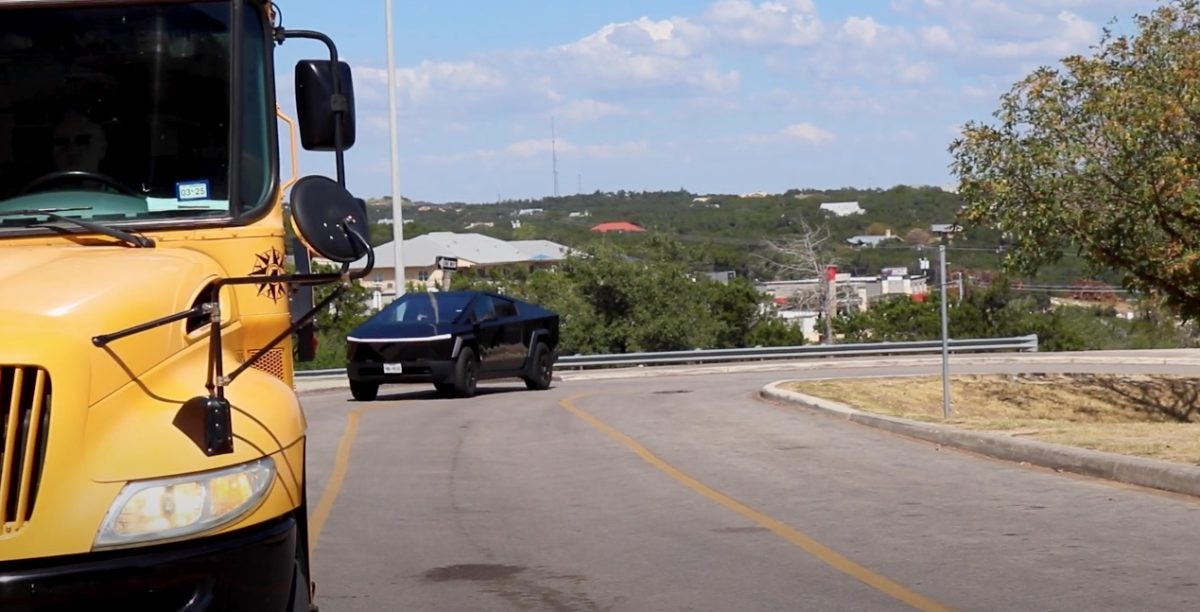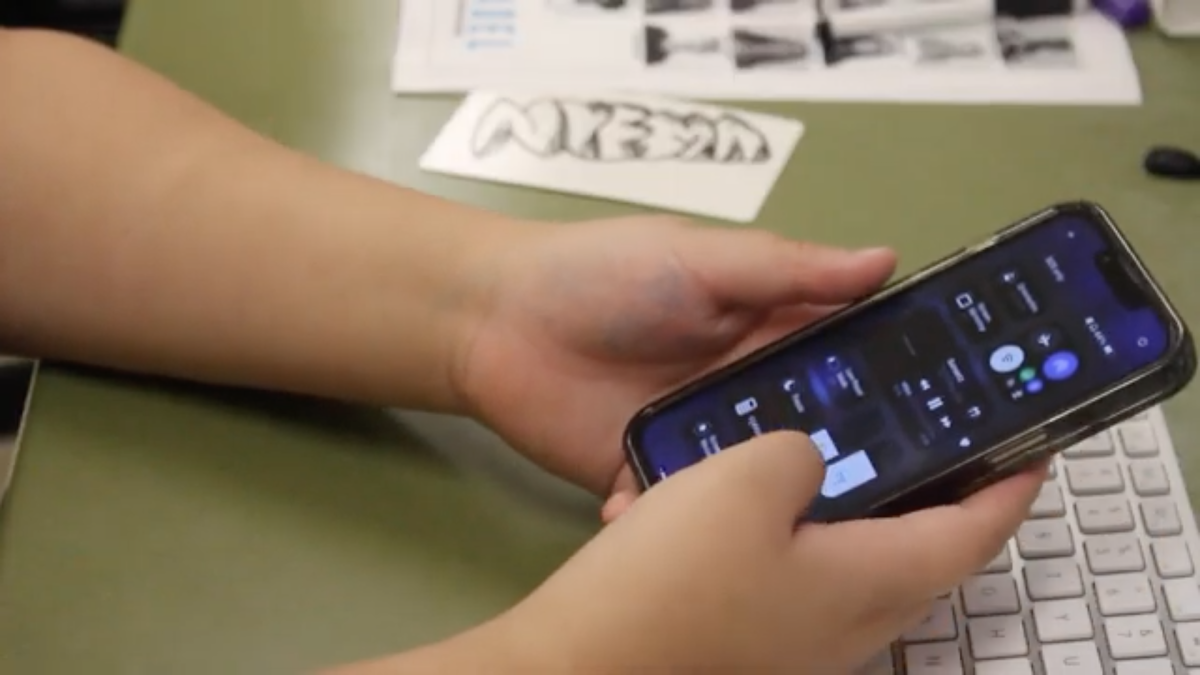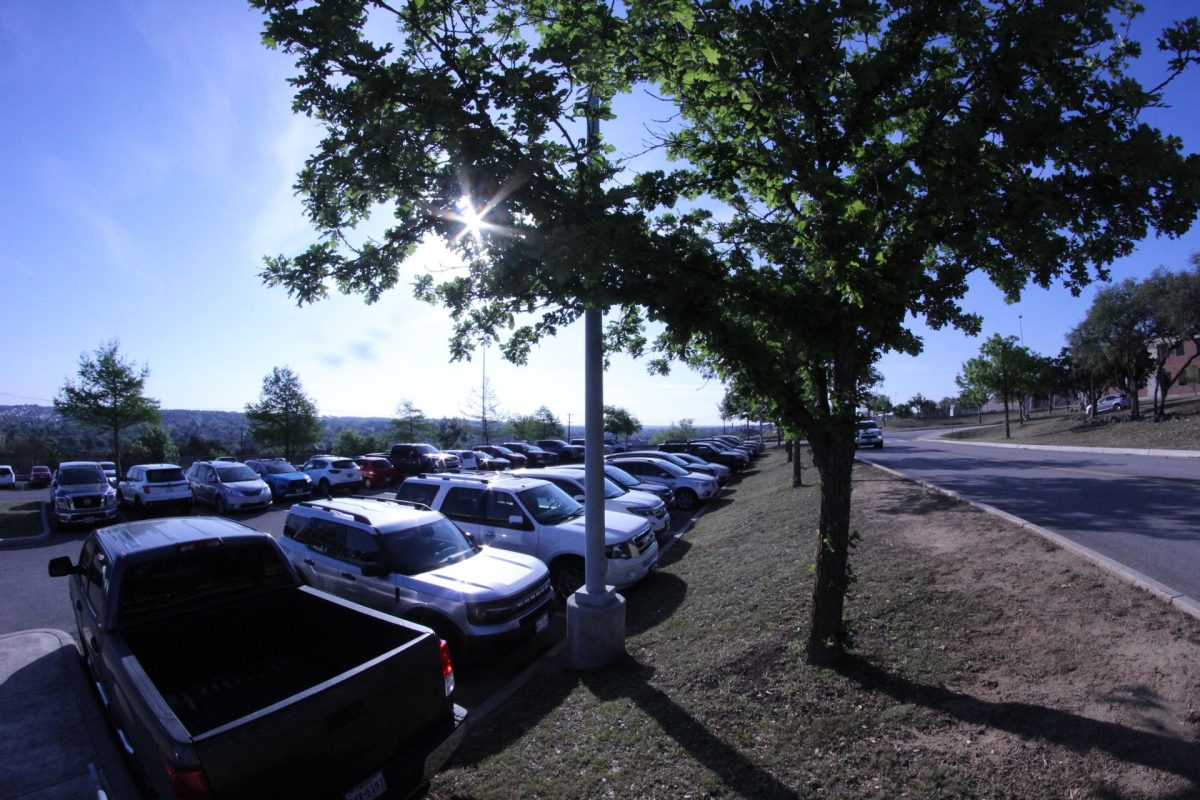by Chloe Jordan | feature editor
Mexican-American Studies and African American Studies classes are now part of the CTJ course offerings.
“Mexican American Studies class is a history class that is designed to teach information and content about the Mexican-American experience in the United States. So, it’s part history class, part art class, part culture class, part literature class,” Mexican-American Studies teacher Daniel Farias said. “Really, it’s a multidisciplinary approach where we’re looking at Mexican American history, identity, culture through the lens of living and existing in the United States.”
The course elaborates on the Mexican American experience through ancient civilizations, Pre-Columbian tribes, colonization and European explorers. Students have the chance to learn about Mexican American culture in Texas, San Antonio, and even in present-day.
“This year we have one section that’s offered during sixth period. It’s a year-long course, so we have about 12 students,” Farias said. “We’re hoping to build the program up and get students more interested and aware of the course, and hopefully build up involvement in the years to come.”
The class is open-enrollment, so it’s an opportunity for any student, not just those who identify as Mexican-American, to look at American history from a unique perspective.

“Oftentimes, the Mexican-American perspective or experience is one that is overlooked or only touched upon very briefly in history classes, because there is only so much content and information that needs to be taught,” Farias said. “What this class does is it centers the Mexican American experience front and center, so historical events, trends, movements, ideas are framed from the prism of Mexican American perspective.”
Farias is hoping to be able to organize field trips for the class to broaden their perspective and listen to others’ experiences. Rather than being a lecture course, the class is a project-based, independent inquiry course.
“When we were learning about ancient civilizations, rather than me producing this hour-long lecture about ancient civilizations, I give them a list and I have them pick one, and then they researched and created a timeline about that particular civilization’s history, culture, and things like that,” Farias said. “So, it’s personalized to where we talk about specific topics, but then they get to pick the angle or the specific thing about that that they’re interested in and they want to learn about on their own. I like it to be about them and about what they want to learn how they can direct their own inquiry and experience in class.”
According to Farias, it is important for students to have pride in their own personal family cultural history and be able to explore their ancestry and origin.
“Ultimately, we want students to have an awareness and have an appreciation of the contributions of Mexican Americans in American history and we just want to share artwork and writing and information that they may not get in other classes and just really make them feel empowered with that knowledge and that information, and be able to take that with them to college or whatever else they want to study or do in the future,” Farias said.
The Mexican-American Studies class is an elective history class, and is available to tenth, eleventh, and twelfth grade. Farias hopes all students have the opportunity to get exposure from cultures outside their own.
“I would just probably say that like when I found out that it was a possibility to offer the class, this was something that I was very interested in doing, being someone, so I teach English, I’ve taught English for the past twelve years, so this was an opportunity to take my teaching in a different direction and do something different and something new,” Farias said. “It gave me an opportunity to be creative and share my experience as a Mexican-American, and really just be a mentor and role model for students in a different way, versus what I do in my English classes.”
Along with Mexican-American studies, the school is delving into other cultures with African American Studies.
“It’s a humanities class, and so it incorporates history but also other aspects of African American life. We start pre-transatlantic slave trade, we look at ancient African American kingdoms, and then we move all the way up to present-day,” African American Studies teacher Timothy Green said. “We cover US history, but through the lens of African American life.”
The class occurs seventh period, and 22 students are participating.
“I think it gives students a much broader understanding of a specific group in American history that really hasn’t been fully represented in our traditional study of US history,” Green said. “It gives us a greater understanding of US history, American culture that is sometimes brushed aside during the regular study.”
Green is hoping for students to be able to experience events outside of school in San Antonio, including field trips and meet-ups.
“There was a film viewing that they did down on the riverwalk of a movie that was made by an African American,” Green said. “It’s about an African American World War I unit, and I encouraged people to go.”
The class is offered on every NEISD high school campus, and the course has a unique set of T.E.K.S. it must follow.

“We look at all aspects of a time period, we’ll be looking at art, at literature, poetry, and much more,” Green said. “We’re not having to go into as much detail about US government, and things like that, so it gives us more time to look at what the experience was like for African Americans during different time periods in US history.”
The class includes a variety of students, of all races and backgrounds. Green emphasizes the importance of society taking time to educate people about different aspects of the world.
“This is the first year we’ve done it, so it really is kind of an adventure. We’re kind of building it as we go, and so the students that are participating this year really are the Neil Armstrongs of our African American Studies program,” Green said. “And, I’m really trying to make it about them and not about me instructing them, so they’re helping build the class and develop the activities and curriculum.”







